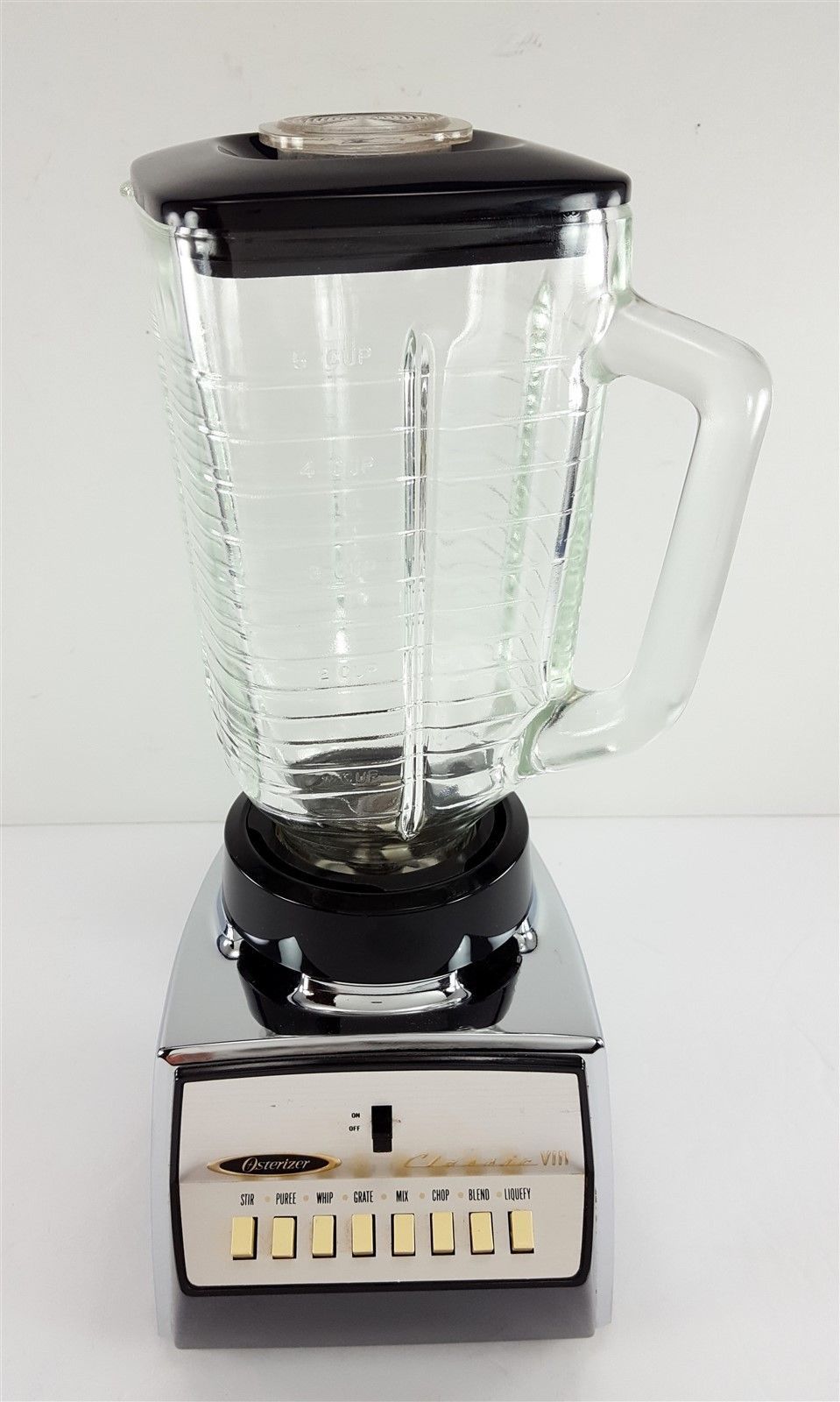
Fred Osius improved the appliance, making another kind of blender. In the 1930s, Louis Hamilton, Chester Beach and Fred Osius produced Poplawski's invention under the brand name Hamilton Beach Company. He also introduced the liquefier blender in 1922. The Polish-American chemist Stephen Poplawski, the owner of the Stevens Electric Company, began designing drink mixers in 1919 under a contract with Arnold Electric Company, and patented the drink mixer in 1922 which had been designed to make Horlicks malted milkshakes at soda fountains. In addition to standard food-type blenders, there is a variety of other configurations of blender for laboratories.ĭevelopment North America

Handheld blenders are ideal for small and specific tasks but do not have as many uses as a countertop blender. The operation of an immersion blender requires that the user hold down a switch for as long as the blades operate, which can be tiresome for the user. Immersion blenders are convenient for homogenizing volumes that are too large to fit in the bowl of a stationary blender or as in the case of soups, are too hot to be safely poured into the bowl. The hand-held immersion blender, stick blender, hand blender or wand blender has no container of its own, but instead has a mixing head with rotating blades that can be immersed in a container. High-powered blenders are capable of milling grains and crushing ice without such assistance. The blades create a whirlpool effect which moves solids from top to bottom, ensuring even contact with the blade. In these blenders, the liquid helps move the solids around the jar, bringing them in contact with the blades. Low-powered blenders require the addition of some liquid to operate correctly.

Most modern blenders offer a number of possible speeds. The container rests upon a base that contains a motor for turning the blade assembly and has controls on its surface. The blending container is generally shaped in a way that encourages material to circulate through the blades, rather than simply spinning around. In cases where the blades are removable, the container should have an O-ring or gasket between the body of the container and the base to seal the container and prevent the contents from leaking. Ĭountertop blenders typically offer 2–16 speed settings, but having more choices in speed settings is not an indication of increased utility for all users.

Stainless steel is preferred for its looks, but limits visibility of the food as it is blended. Plastic is prone to scratching and absorbing the smell of blended food. Glass blenders are heavier and more stable.


 0 kommentar(er)
0 kommentar(er)
